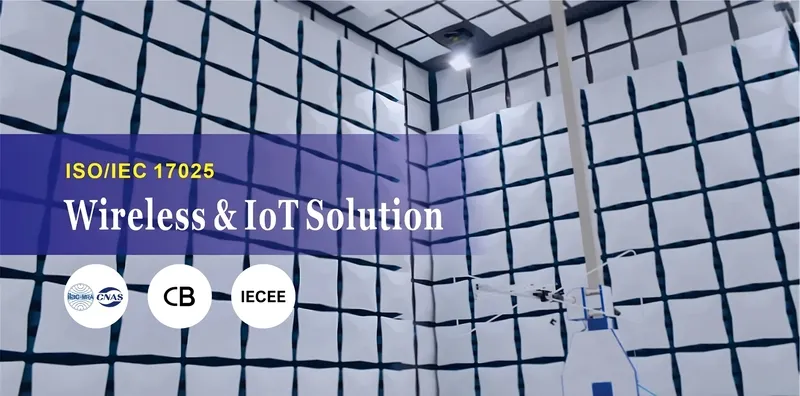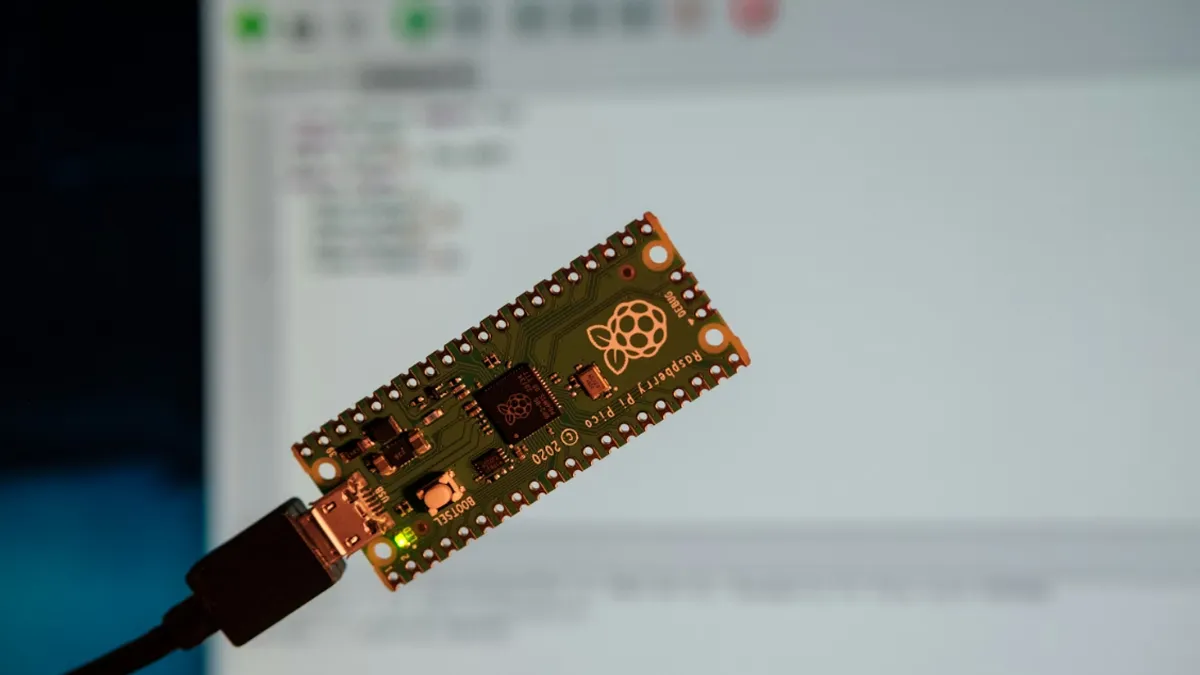
What is EN71 Toy Safety Standard?
The en71 standardis part of the European Toy Safety Standards, also known as the European Toy Safety Directive. It is formULated by the European Committee for Standardization (CEN)and aims to ensure that toys sold in the European market meet specific safety requirements.
The EN71 standard mainly covers safety performance and testing methodsrelated to children's toys. Its goal is to protect children from potential risks and hazards. The EN71 standard applies to all toys intended for children aged 0–14 years, including plastic toys, fabric toys, wooden toys, electronic toys, and more.

Introduction to EN71 Standard
1. EN71-1: Mechanical and Physical Properties
This part specifies performance requirements for toys in terms of mechanics and physical properties, such as size, shape, edges, and surface smoothness. It ensures that toys have no sharp edges, pinch points, or moving parts that could cause injury.
2. en71-2: Flammability
EN71-2 focuses on the flammability of toys, including their behavior when exposed to open flames. Toys must not burn excessively or produce toxic gases during combustion.
3. EN71-3: CheMICal Properties
This section specifies chemical requirements for materials and colors used in toys to ensure compliance with safety standards. It limits the content of harmful substances such as heavy metals, organic solvents, and preservatives.
4. EN71-4: Experimental Apparatus and Test Methods
EN71-4 describes the apparatus and methods requiRED for safety testing, providing detailed guidance on testing physical, mechanical, flammability, and chemical properties.
5. EN71-5: Chemical Toys and Experimental Sets
This part focuses on the safety of toys involving chemical experiments, including the safe use, labeling, and instructions of chemical reagents to ensure they do not harm children.
6. EN71-7: Acoustic Properties
EN71-7 specifies acoustic requirements for sound-emitting toys to ensure that noise levels do not damage children’s hearing.
7. EN71-7: Finger Painting Pigments
Requirements for pigments used in finger paints.
8. EN71-8: Indoor and Outdoor Recreational Products
9. en71-9: General Requirements for Flame Retardants, Colorants, Aromatic Amines, Solvents, and Organic Compounds
Specifies the total migration limits of toxic compounds through different exposure routes in toys or toy materials: oral contact, ingestion, skin contact, eye contact, inhalation.
10. EN71-10: Sample Preparation and Extraction of Organic Compounds
11. EN71-11: Analytical Methods for Organic Compounds
12. EN71-12: N-Nitrosamines and N-Nitroso Compounds
13. EN71-13: Olfactory and Gustatory Board Games, Cosmetics
14. EN71-14: Home Entertainment Trampoline Toys
Scope of EN71 Toys
- Children’s Products:Consumer products designed for children aged 12 or below, including toys and childcare items.
- Children’s Toys:Consumer products designed for play by children aged 12 or below.
- Childcare Products:Products for children aged three or below, designed to aid in sleep, feeding, sucking, or teething.
- Mouthable Toys:Toys that can be placed in the mouth for sucking or chewing (mere licking is not considered mouthable). Any toy or component smaller than 5 cm can potentially be placed in the mouth according to its size.
en71 certification Process
1. Determine the testing scope and category:EN71 certification includes multiple parts, each with different tests. Identify which parts and test categories your product requires.
2. Find a certified laboratory:Choose a laboratory that meets EN71 standards, such as JJR Compliance Laboratory, based on your product type and testing scope.
3. Prepare test samples:Follow the sample requirements provided by the laboratory.
4. Conduct testing:Submit the samples for testing, including mechanical performance, chemical content, flammability, and other required tests.
5. Issue test report:The laboratory will compile the results into a report and provide it to the manufacturer.
6. Product improvement:Based on the test report, make necessary product adjustments or improvements.
7. Obtain certification:After improvements, resubmit samples for testing. If results meet EN71 requirements, certification is granted.
EN71 Certification Mark on Toys
The CE markfor EN71-certified toys has detailed specifications for its graphic, size, scale, and printing. Manufacturers may print and use the CE mark, but the dimensions, proportions, and printing must meet the following requirements:
1. If the CE mark is reduced or enlarged, the proportions of the numbers must be maintained (note: the spacing between C and E must also follow the proportion).
2. The height of C and E must be identical and greater than or equal to 5 mm.
3. No other markings that could be mistaken for a third-party CE mark are allowed on the product. Additional symbols may only be added if the visibility and clarity of the CE markare not compromised.
Toys must display the EN71 certification mark according to regulations.
EN71 Standard Testing Costs and Duration
- Typical tests include EN71-1, EN71-2, and EN71-3.
- Cost:USD 698
- Duration:7–10 working days
Email:hello@jjrlab.com
Write your message here and send it to us
 Infant Support Pillow 16 CFR 1243/1242 & ASTM
Infant Support Pillow 16 CFR 1243/1242 & ASTM
 BRM Registration Card Under CFR Part 1130 Regulati
BRM Registration Card Under CFR Part 1130 Regulati
 How to get a D-U-N-S® Number for US FDA Registrati
How to get a D-U-N-S® Number for US FDA Registrati
 Household Massage Devices Compliance in the China
Household Massage Devices Compliance in the China
 Compliance for the Global In Vitro Diagnostic (IVD
Compliance for the Global In Vitro Diagnostic (IVD
 Compliance Guide for Nebulizers in European and Am
Compliance Guide for Nebulizers in European and Am
 Cybersecurity Certification Service for EU RED Dir
Cybersecurity Certification Service for EU RED Dir
 ANATEL Certification Compliance Guide for Brazil M
ANATEL Certification Compliance Guide for Brazil M
Leave us a message
24-hour online customer service at any time to respond, so that you worry!




